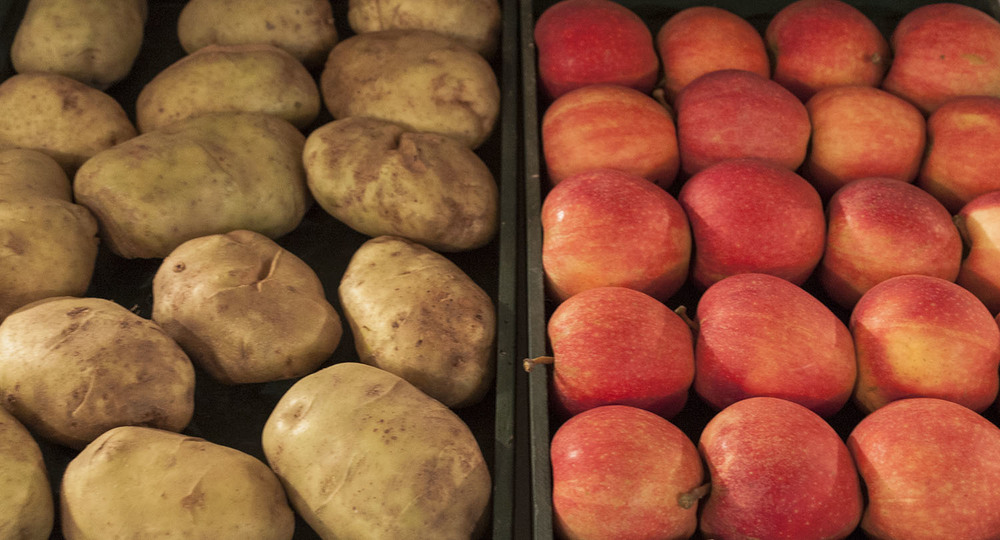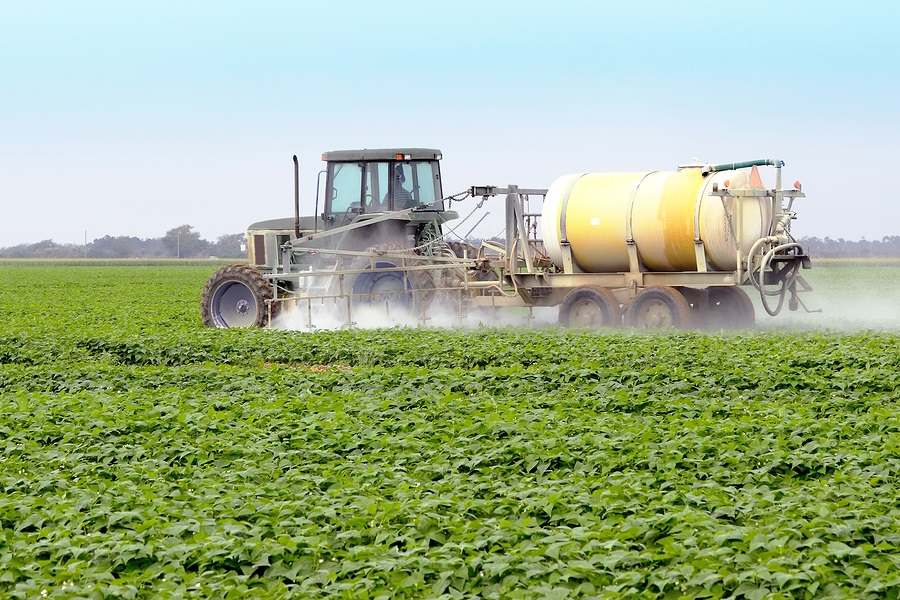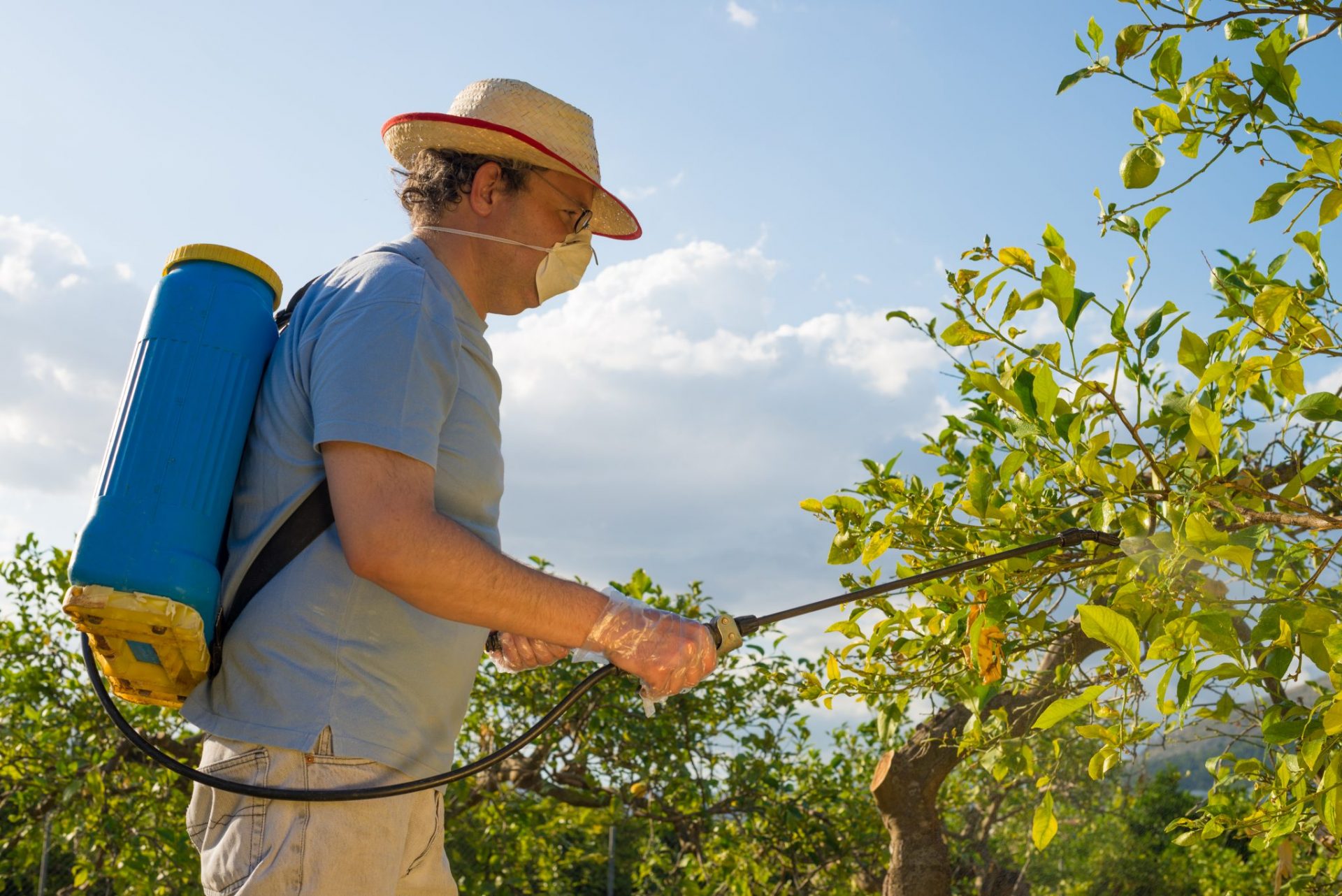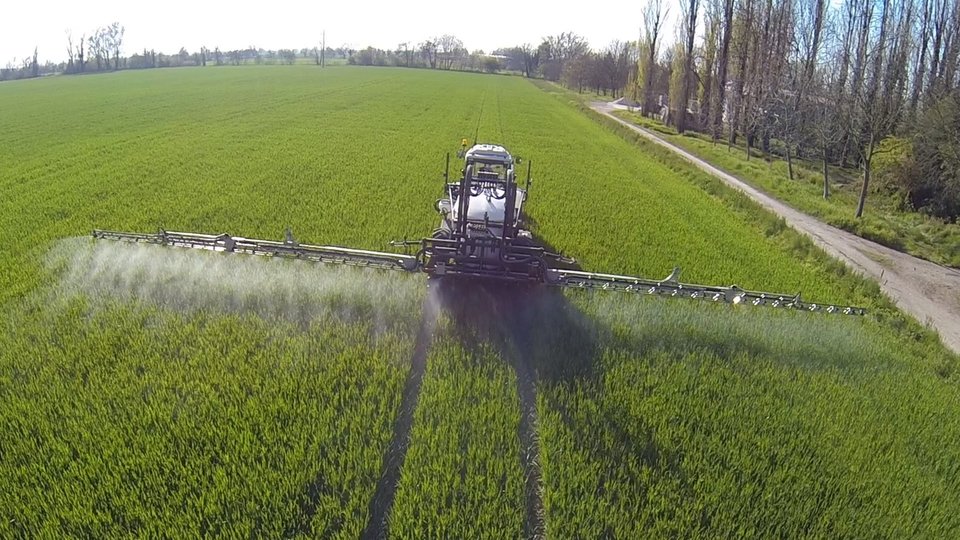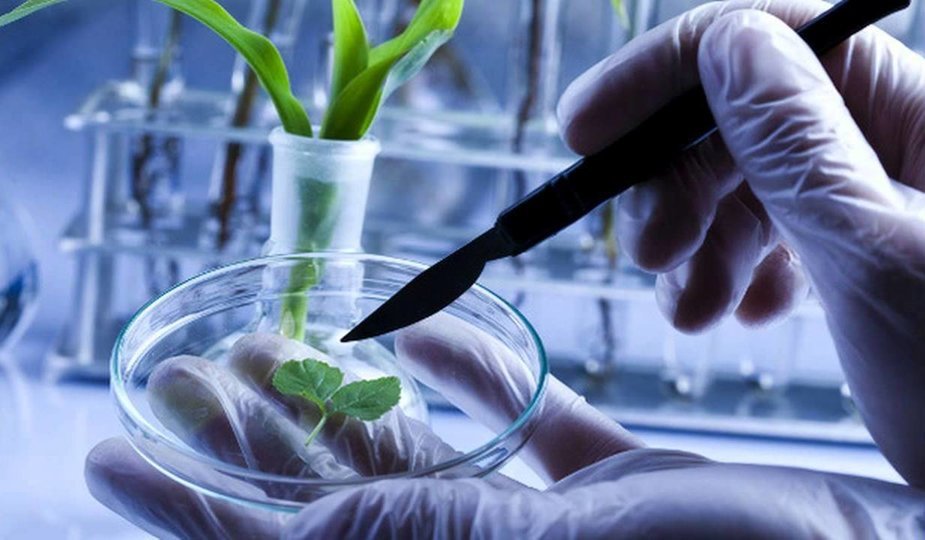New antibiotic resistant superbug gene threatens humanity
(NaturalHealth365) Though antibiotics have saved millions of lives since penicillin came about 75 years ago, the current unrestrained use of these drugs have had dangerous consequences – sometimes unexpectedly. Each year, more than two million Americans become infected with bacterial infections that are resistant to antibiotics. As a direct result, 23,000 to 37,000 of them die due to those infections. While that number is staggering, the mortality rate is predicted to worsen.
With the threat of a new antibiotic-resistant gene (Mcr-1) being contracted via contaminated meat, the end of medical antibiotics is truly close at hand. This superbug gene was recently discovered in China and may be the nightmare scenario that scientists have been warning about.
Unfortunately, the Mcr-1 superbug gene is no longer contained to China. It has been discovered in other countries, and its detrimental effects could have global epidemic potential according to the United States Centers for Disease Control (CDC) and the World Health Organization (WHO).
The threat of superbugs on the rise
Unfortunately, the majority of healthcare practitioners prescribe antibiotics when they are not warranted, according to the CDC. American doctors prescribe antibiotics for the cold or flu (viruses that don’t respond to antibiotics) for every two out of three patients. Eighty (80) percent of prescription antibiotics are unnecessary.
According to an observational study published in Health Services Research, American doctors prescribe antibiotics to children 62 percent of the time when parents expect them to be prescribed – whether their children need them or not. On the other hand, the same doctors only gave out prescriptions seven percent of the time when they didn’t think antibiotics were described.
The harm with antibiotics come in several different ways
First, the drugs disrupt the body’s natural balance of good and bad bacteria – placing a person’s microbiome in jeopardy. With bad bacteria ruling – and depending on which series and strains – sickness and disease are paramount. Numerous studies in the recent months and years have proven that bad microbiota contributes to obesity, type 2 diabetes, cardiovascular disease, neuropsychiatric illness, and more.
For example, a bad bacteria such as C. difficile has been shown to kill 14,000 people every year.
Second, overuse of antibiotics breeds “superbugs” which are bacteria that even multiple drugs can’t control. When bacteria are exposed to antibiotics, they learn to outsmart and outlive the drugs. When bacteria become resistant, they can multiply and spread quickly and easily.
In the process, they cause severe infections that can also share genetic information with other bacteria (which also become resistant). Treatment options then become more and more limited, and the bacterial infections pose a greater risk for humans.
Finally, and according to 139 studies, a connection exists between antibiotic use in animals and antibiotic resistance in humans. According to a recent report prepared for the UK government, Review on Antimicrobial Resistance, several risks are associated with high use of antibiotics in livestock that include (1) direct contact between animals and humans, (2) infections passed from animal to humans through food, and (3) animal excretion used as fertilizers.
New Mcr-1 superbug is resistant to last resort antibiotic
In November 2015, a new gene was discovered in pigs and people in China that makes bacteria highly resistant. Scientists describe this discovery as “alarming” and have called for emergency restrictions on the use of polymyxins, a class of antibiotics that include an extremely toxic drug called “colistin” which is known as a last-resort class of antibiotics. Colistin is also widely used in livestock farming – especially in China.
According to the Lancet Infectious Diseases journal, researchers found the gene (Mcr-1) on plasmids which are genetic structures in cells that can replicate and transfer between different bacteria. This is cause for great alarm as Mcr-1 has the potential to spread globally.
In fact, Mcr-1 has already begun spreading due to meat exports. Just one month after its discovery, the Danish National Food Institute reported that they also found the superbug gene in poultry and a patient. They tracked where it originated which was found to be Germany. Because the patient never left the country, it is believed the patient became infected from contaminated meat. Forbes also reported that “a whopping 15% of meat samples and 21% animals tested between 2011 and 2014 also had the bacteria that carried this gene.
This superbug should NOT be ignored
The reason the alarm has been sounded for this superbug gene is because it transfers to common bacteria such as E. coli, Klebsiella, and Pseudomonas. McR-1 is found in the human gut, and scientists warn:
“Collectively, the widespread distribution of the Mcr-1 gene in meat and food samples, and its presence in the human microbiome, strongly suggest a potential food chain dissemination pathway, which warrants immediate worldwide attention.”
In just two months, this fast-moving superbug gene has been collected in Denmark, Portugal, England, and Malaysia. On January 5, 2016, Canada announced that Mcr-1 is now in their country. In most samples, scientists discovered those infected to have been carriers for three to five years before showing symptoms.
Antibiotic resistance alone predicted to hundreds of millions in the next several years
According to a 2015 report commissioned by the UK Prime Minister David Cameron, “Drug-resistant infections could kill an extra 10 million people across the world every year by 2050 if they are not tackled.” The annual death could reach 10 million with antibiotic resistance killing 300 million people within 35 years. By this time, global cost for treatment will be around $100 trillion – more than the size of the current world economy. According to Cameron:
“If we fail to act, we are looking at an almost unthinkable scenario where antibiotics no longer work and we are cast back into the dark ages of medicine.”
When that report was put out, the facts about Mcr-1 wasn’t even determined. Now that the facts are known, the question is “Could antibiotic resistance kill more than 300 million before 2050?”
Is there a solution to the global threat of the Mcr-1 superbug gene?
The ultimate solution would be for all farmers to follow in California’s footsteps by eliminating the routine use of antibiotics in healthy livestock. While the state’s new ruling was signed into bill in October 2015, farmers have until 2018 to make the positive change. With Mcr-1 threat, 2018 isn’t soon enough according to most scientists, the CDC, or the WHO. Though California is the largest farm agricultural states, the rest of the United States must follow suit.
While we wait on scientists and farmers to make decisions on better ways of treating farm animals raised for food consumption, there is something you can do for yourself. Try to avoid antibiotics if at all possible.
Instead, first treat yourself with natural antimicrobials such as a probiotic-prebiotic combination and herbs such as turmeric, oregano, and uva ursi. And, if you’ve been thinking about living a healthier lifestyle, it’s time to put that thinking to work. Being proactive than reactive always works to your advantage.
About the author: Abby Campbell is a medical, health, and nutrition research writer. She’s dedicated to helping people live a healthy lifestyle in all aspects – physically, mentally, emotionally, and spiritually. Abby practices, writes, and coaches on natural preventive care, nutritional medicine, and complementary and alternative therapy.
References:
https://www.cdc.gov/features/AntibioticResistanceThreats/index.html
https://www.who.int/mediacentre/factsheets/antibiotic-resistance/en
https://amr-review.org/sites/default/files/Antimicrobials%20in%20agriculture%20and%20the%20environment%20-%20Reducing%20unnecessary%20use%20and%20waste.pdf
https://america.aljazeera.com/articles/2015/10/12/alternatives-to-use-of-antibiotics-in-livestock.html
https://www.thelancet.com/journals/laninf/article/PIIS1473-3099(15)00424-7/abstract
https://www.scientificamerican.com/article/new-superbug-gene-found-in-animals-and-people-in-china
https://www.reuters.com/article/us-health-bacteria-gene-idUSKCN0T739620151118?feedType=RSS&feedName=healthNews#wJPjilbUPTpIVg3b.97
https://www.forbes.com/forbes/welcome
https://www.ctvnews.ca/health/mcr-1-gene-that-makes-bacteria-resistant-to-powerful-antibiotics-found-in-canada-1.2725097
https://www.gpo.gov/fdsys/pkg/GAOREPORTS-RCED-99-74/html/GAOREPORTS-RCED-99-74.htm
https://www.ncbi.nlm.nih.gov/pmc/articles/PMC1464047
https://amr-review.org/home




